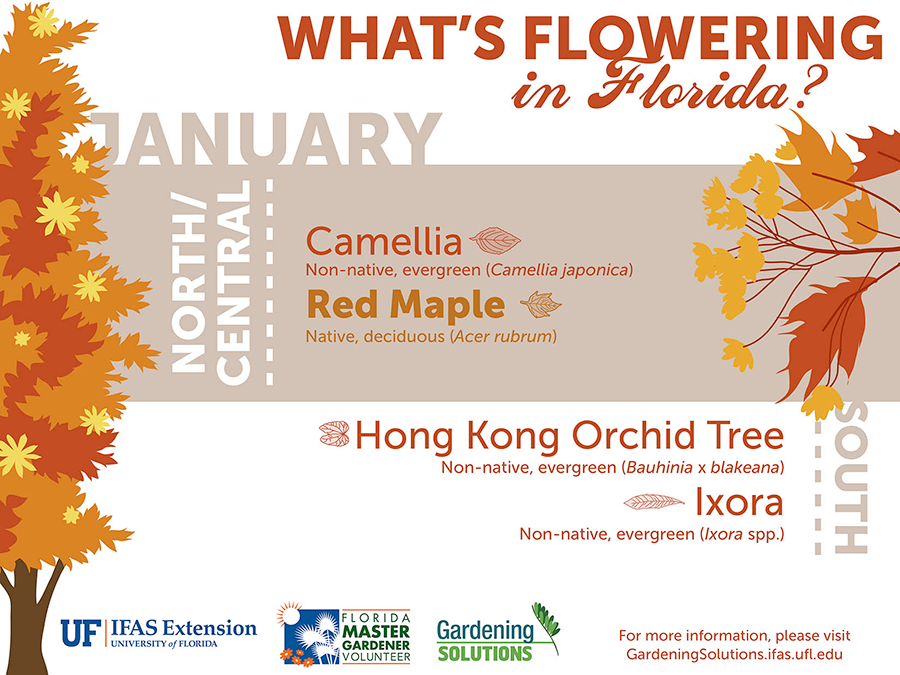Tree Conservation: Indications That Suggest The Requirement For Elimination
Tree Conservation: Indications That Suggest The Requirement For Elimination
Blog Article
Web Content Develop By-Buckley Byers
If you've ever questioned the fate of the trees on your residential or commercial property, recognizing when it's time for removal is important. But exactly how do you identify if a tree can be conserved or if elimination is the only choice? By searching for details indicators and examining security threats, you can make educated choices that benefit both your landscape and your environments. Let's check out the key elements that enter play when choosing the fate of a tree and exactly how you can make certain the best outcome for your green companions.
Indicators of Tree Decline
If you see any of the complying with indicators of tree decrease in your backyard, it might be time to think about tree removal.
One common sign is dead or decaying branches, which can suggest underlying problems affecting the tree's health. Keep an eye out for tarnished or shrivelled leaves that continue despite correct care, as this could be an indication of condition or parasites.
An additional warning signal is too much leaning or a recognizable shift in the tree's base, which might suggest origin concerns or architectural instability. Keep an eye out for fungal growth on the trunk or roots, as this can show rot and compromise the tree's security.
Furthermore, if you observe large cracks in the trunk or major arm or legs, it's vital to address these issues immediately to avoid possible threats. Dealing with these indications of tree decrease quickly can help maintain the safety and visual appeals of your backyard atmosphere.
Security Issues
To make sure the well-being of your residential property and those around you, prioritizing safety and security issues related to trees is critical. Trees can pose various security dangers otherwise effectively preserved. Dead or rotting branches may fall all of a sudden, threatening people or harmful structures.
Leaning trees can likewise be unsafe, particularly if they're leaning towards a building or high-voltage line. In addition, trees with substantial origin systems near foundations or underground energies can create significant damage in time.
It's essential to frequently check your trees for any type of signs of prospective threat. Look out for fractures in the trunk, big tooth cavities, or signs of condition and decay. If you notice any of these problems, it's finest to talk to a specialist arborist to evaluate the circumstance and establish the necessary strategy.
Taking aggressive steps to deal with safety and security problems immediately can stop crashes and building damage in the future. Bear in mind, the safety of your property and those around you ought to always be the leading concern when it pertains to tree upkeep.
Consulting an Arborist
When taking into consideration the health and wellness of your trees, seeking advice from an arborist is a crucial action. Arborists are trained specialists who focus on the care and maintenance of trees. They can examine the general wellness of your trees, recognize any kind of issues such as illness or structural problems, and provide expert suggestions on the very best course of action.
By consulting an arborist, you can obtain useful insights into the condition of your trees and establish whether removal is needed. Arborists have the understanding and experience to review the dangers associated with keeping a tree versus removing it. They can additionally supply support on alternative solutions, such as trimming, cabling, or supporting, to aid maintain the tree whenever feasible.
In addition, arborists can help you navigate any kind of neighborhood guidelines or permits that may be required for tree removal. more resources can make sure that the process is carried out safely and in conformity with any kind of relevant regulations.
Final thought
Finally, when identifying whether trees can be conserved or if elimination is needed, it is important to think about indications of decline and safety concerns. Consulting an arborist for a comprehensive assessment is necessary in making the best choice for the tree's wellness and potential threats. Bear in mind, proactive treatment and timely activity can assist preserve trees and protect against accidents.
